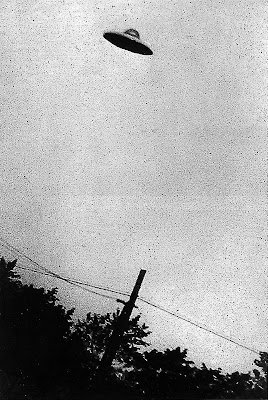INTRODUCTION
This is a critical retrospective evaluation of the activities of the United States Department of Justice ("Department") and the Federal Bureau of Investigation ("FBI") during the fifty-one day stand-off at the Branch Davidians' Mt. Carmel compound near Waco, Texas which ended on April 19, 1993 when fire consumed the compound, killing David Koresh and most of his followers. To make this evaluation, I have reviewed the procedures followed by the Department and the FBI, giving particular attention to the means employed, the alternatives considered and the decisions made in attempting to resolve the stand-off.
I have not been called upon to conduct a de novo factual inquiry. A comprehensive factual report is being prepared by the Department and the FBI. I have primarily relied upon the record gathered by the Department as the basis for the conclusions in this Report, supplemented by a number of follow-up interviews. However, I am satisfied that the factual inquiry by the Department was conducted in a thorough and objective manner.
Prior to my appointment, the Department had completed over 800 field interviews and gathered pertinent documentation. They continued to gather documents and conduct interviews thereafter. I have been afforded access to documents gathered in that effort and to the reports of interviews conducted for the factual investigation. In addition, since my appointment I participated in a number of Department interviews. I have also conducted independent interviews of some witnesses. The scope of this Report is confined to the activities of the Department and the FBI.
I have not been asked to evaluate and I make no judgments about the activities of the Bureau of Alcohol, Tobacco and Firearms ("ATF") leading up to the February 28, 1993 gun battle at Mount Carmel. I have been assisted in my investigation and writing of this Report by Ms. Suzan E. DeBusk, Esq. whose invaluable contribution, I gratefully acknowledge.
 | Branch Davidian Siege in Waco, Texas This file is a work of a solider or employee of the Federal Bureau of Investigation, taken or made during the course of the person's official duties. As a work of the U.S. federal government, the file is in the public domain. Generally speaking, works created by U.S. Government employees are not eligible for copyright protection in the United States. See Circular 1 "COPYRIGHT BASICS" PDF from the U.S. Copyright Office. |
From Branch Davidian investigator shared FBI photos with Carolmooredc
EXECUTIVE SUMMARY
After reviewing the stand-off at Waco, including the progress of the negotiations and the conception, approval and implementation of the tear gas plan on April 19, 1993, this Report concludes as follows.
The fire on April 19, 1993 was deliberately set by persons inside the compound and was not started by the FBI's tear gas insertion operations. It is not certain, however, whether a substantial number of the persons who died in the compound on April 19 remained inside voluntarily, were being held in the compound against their will or were shot in order to prevent their escape from the fire. Preliminary medical reports are that a substantial number of individuals had died of gunshot wounds. Among those shot were young children. Koresh's body was found with a gunshot wound to the forehead. The FBI did not fire on the compound during the tear gas operation, although shots were fired at the FBI from the compound. The FBI did not fire on the compound at any time during the fifty-one day stand-off.
The evidence forecasting David Koresh's intention to orchestrate a mass suicide was contradictory. Koresh and his followers repeatedly assured the negotiators that they did not intend to commit suicide. On several occasions agents were told that suicide was against the Davidians' religious beliefs. However, one released member said there was a suicide plan. Other released members denied there was a suicide plan. In any event, the risk of suicide was taken into account during the negotiations and in the development of the gas plan.
The FBI developed a coherent negotiating strategy to talk the Davidians out. However, the negotiators had strong objections to pressure tactics they felt were counterproductive. The use of pressure tactics immediately after Koresh sent out Davidians from the compound may have undermined the negotiators' credibility and blunted their efforts to gain the Davidians' trust and to discredit Koresh in the eyes of his followers. Nevertheless, tactical actions designed to increase the safety margin for agents were appropriately given priority over negotiating considerations. I conclude that the events of April 19 were the result of David Koresh's determined efforts to choreograph his own death and the deaths of his followers in a confrontation with federal authorities to fulfill Koresh's apocalyptic prophesy.
The deaths of Koresh, his followers and their children on April 19th were not the result of a flaw in the gas plan or the negotiation strategy. The FBI used many qualified experts, including its own FBI behavioral experts to evaluate Koresh. Their assessments were thorough and many proved quite accurate.
TEXT CREDIT: www.justice.gov






















